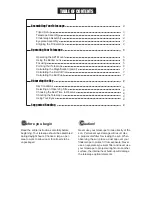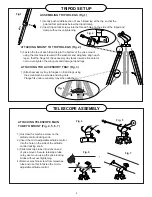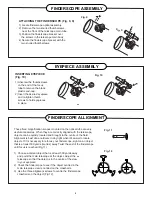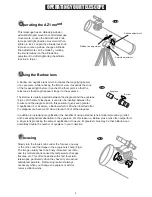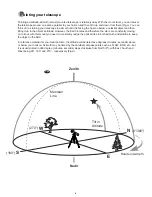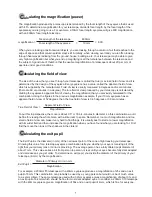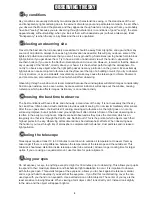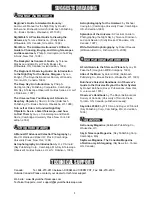
6
P
ointing your telescope
Pointing an altitude-azimuth (alt-az) mounted telescope is relatively easy. With the mount level, you can swivel
the telescope around on a plane parallel to your horizon and then tilt it up and down from there (Fig.c). You can
think of it as turning your telescope in azimuth until it is facing the horizon below a celestial object and then
tilting it up to the object's altitude. However, the Earth rotates and therefore the stars are constantly moving,
so to track with this mount you need to constantly nudge the optical tube in both azimuth and altitude to keep
the object in the field.
In reference material for your local position, the altitude will be listed as ±degrees (minutes, seconds) above
or below your horizon. Azimuth may be listed by the cardinal compass points such as N, SW, ENE, etc., but
it is usually listed in 360 degree (minutes, seconds) steps clockwise from North (0°), with East, South and
West being 90°, 180° and 270 °, respectively (Fig.d).
Fig.d
Rotate in Azimuth
(90°)
(180°)
S
E
(270°)
W
Zenith
Nadir
Meridian
Line
Tilt in
Altitude
Nadir
(0°/360°)
N


